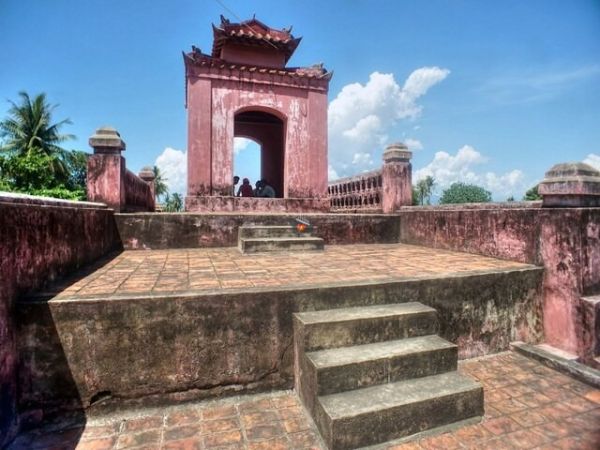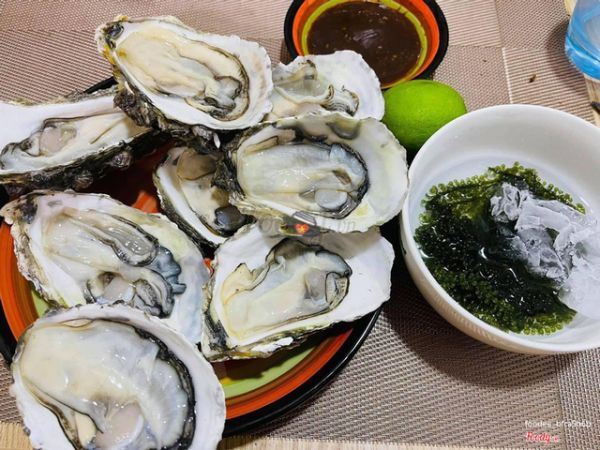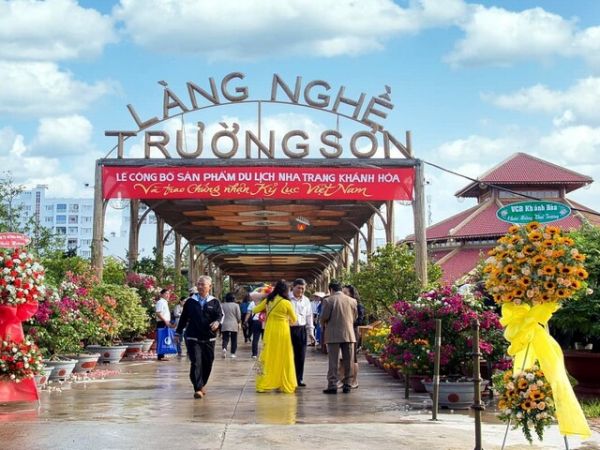DIEN KHANH CITADEL

The Dien Khanh Citadel is a significant historic cultural relic in the Vietnamese city of Dien Khanh, Khanh Hoa. Dien Khanh Citadel is still being preserved for clients by Khanh Hoa as original historic architecture. The Nguyen Dynasty constructed it during the battle with Tay Son Dynasty.
Dien Khanh Citadel Location & History Architecture:
The citadel of Dien Khanh is located 10 kilometers west of Nha Trang city, on the right side of Highway 1A. The Tay Son dynasty was weakened after King Nguyen Hue died in 1793. Dien Khanh's army was fought by Lord Nguyen Anh, Vo Tanh, and Nguyen Van Truong. Lord Nguyen Anh decided to establish Dien Khanh into a firm base, a defensive perimeter to try from afar, after repelling the Tay Son insurgents and understanding that this was a crucial long-term strategic territory.
In the basement is the technical maintenance room, lift, power, water, and toilets serve as the base for tourists to walk about and ensure the towers' stability.
A military mega-wide construction in the Vauban style, a prominent Western European army model, is situated in the 17th and 18th centuries and covers an area of 36.000 m2. The walls are hexagonalized but uneven, with an earth-covered perimeter of 2,693 m and are around 3.5 m high. The wall consists of several small, curved portions on each side. Corners are not lifted, but the two sides may be seen.
The exterior of the wall is practically vertical, but the interior is painted and elevated in 2 stages, making it simple to move. A relics 3 to 5 m deep and 20 to 30 m wide surround the citadel. The citadel used to have six doors (city gates), but now there are just four: East-West–Front (South)–Back (north direction).
Away from Highway 1 has a unique eastern-west connection. Ma Xa has termed the road from outside the city that connects Highway 1 to the west. The Ha Dua Church is located opposite and 200m from the west window. The church of Ha Dua was built in the 1800s, and the French built the steeple in 1917.
It is constructed in layers, like floral petals, throughout the second story. But other people think this beautiful artwork is a blue sea sail.
The top floor is at the summit of the visit, a pocket of agarwood. With a clear view of the day the only means, you can go to the Nha Trang Sea via boat. A new story is told by the Huong Khanh Hoa Tower Tram and the story of the city of the beach.
In the spiritual blooming, the superstructure is placed in a 4,5-by-9-meter-high trench. Tram Huong's spiritual approach is the focal point of its isolated attraction.
In the early morning, the innermost spiritual tower smells like incense, and there is a scent of amazing vision all around the city. The spiritual character of the city core is emphasized by illuminating the entire sea as a place of light or light.







.jpg)






